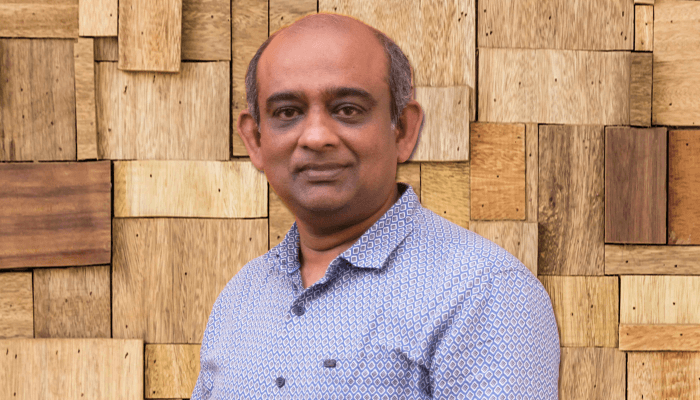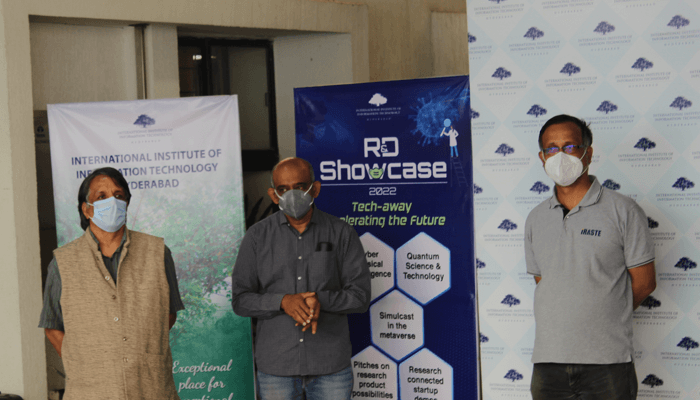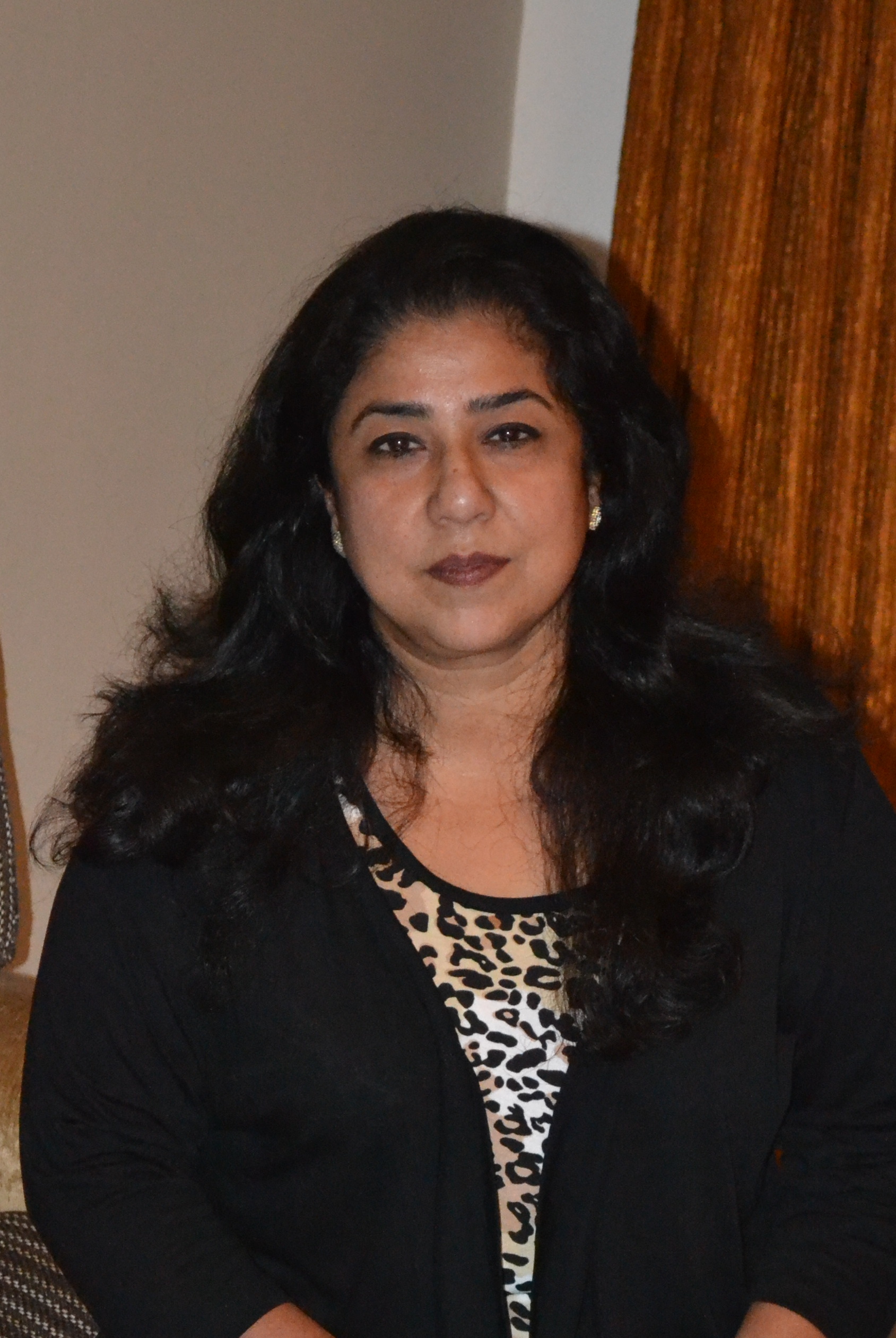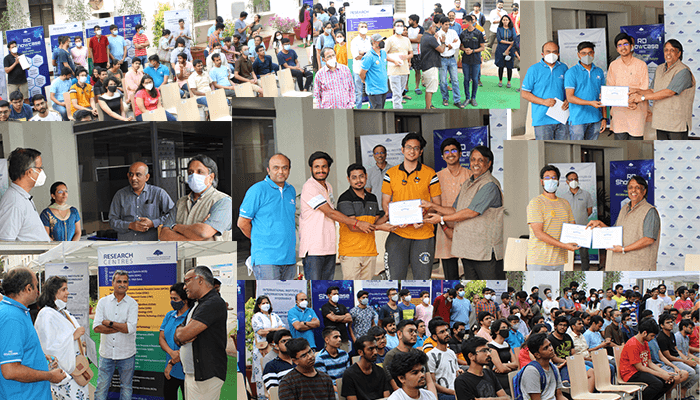“One of the gold standards to measure your innovation is your ability to patent it. Does it have scope to be globally accepted and recognized? This is something that you owe to yourself” believes Prakash Yalla, Head of IIITH’s Product Labs who spoke about the recently concluded felicitation of patent-holders by the Institute.
The icing on the cake at IIIT Hyderabad’s much-awaited hybrid R&D Showcase 2022 was the felicitation of its honor roll of 52 patent-holders. The celebration was marked by a post-pandemic camaraderie, a feeling of home-coming and a sense of normalcy returning to campus. As the grand finale, the felicitation was appropriate, as it tied together the synergistic efforts of its 23 research centres.
A patently feel good story
Bringing new technology, innovation or processes to the industry and nurturing them into societal or commercially marketable technology has always been an end goal for IIIT Hyderabad.
Of the many ways of recognizing innovation, intellectual property rights is the legal method of protecting your invention. A patent then acts as a valuable differentiator to attract investors, especially for start-ups.
“However, we have always been shy of patenting most of our work. At one point we realized that it would be wise to protect and put that information out there in the public domain. When we build some technology or have great innovation that doesn’t have legal protection, you are setting yourself up for problems in the market”, observes Prakash Yalla, Technology Transfer Officer & Head of IIITH’s Product Labs who brings his considerable background in industry to his role in incubating the Institute’s patent ecosystem.

Patent facilitation by Technology Transfer office smoothens the ride
It was Prof. Ramesh Loganthan’s vision about starting a Products Lab that encouraged the ‘professor of practice’ to switch to academia. “Fundamentally we are the in-between between industry outreach/startups and the research centers”, explains Yalla.
The technology transfer office is responsible for weighing the feasibility for patenting the innovation and then ensuring that the administrative process is smoothened. “My role is letting people know that we care for your inventions, driving the patenting exercise in the Institute, talking to the centres and finalizing the patents list”, Yalla elaborates. “Some of these patents have become startups and more are moving in that direction”.
As a yardstick for innovation ecosystem
As a measure of the innovation index of the Institute, the role of patents in an Institute’s ecosystem is significant. Even though patents were being filed, granted and getting published earlier, the Institute recognized the need to streamline the patent facilitation process and standardize it. “So with that in mind, we started this drive when I joined as a Technology Transfer officer”, says Yalla.
The move has paid dividends. In the last three-four years and especially in 2021, there has been a significant uptick among the faculty who came forward to patent their innovations. At last count, more than 10% had translated into startups, with several in the pipeline. “It is encouraging that on a weekly basis, we have faculty from one of our research centres dropping by our office and testing the waters to see if their innovation/invention is patent-worthy”, he notes.
Most of the patents were strong inventions filed in robotics and future tech. It was a good spread between computer vision, machine learning, IoT embedded systems, data sciences with more clusters in CVIT and CVEST. The honor roll included the research centers of SPCRC, DSAC, SERC, CBS, RRC, MLL, CSTAR and Cognitive Sciences.
When the brainstorming started for R&D Showcase 2022, it was IIITH Dean (R&D) Prof. C.V. Jawahar’s idea about felicitating the patent-holders, that was picked up and speed tracked by Prof. Ramesh Loganathan, Professor of Practice, Co-innovations. This would be the first time that the Institute was formally recognizing its patents in a public forum.
“We are chuffed that there’s awareness among the fraternity to think in terms of going beyond the innovation and actually creating a brand. Going forward, this will be an annual event and every R&D showcase will allocate a slot for what we did this time”, observes Yalla.

Filing Patents blurs international borders
“The Patent for the innovation/invention is usually filed in India first”, explains Yalla. However, there are certain software patents that are filed in USA. Subsequently, it’s up to the patent-holders to commercialize the product.
Dreamvu for instance, was filed in India and USA but now their biggest market is in Korea, Japan and Europe. So these are the kinds of startups who are filing patents for their technology in other countries.
Conversations and connections forged at the hybrid R&D Showcase
“When I first reached the R&D showcase venue, I was in for a very pleasant surprise”, says Yalla about the footfalls at the Showcase venue. “Sometimes we underplay the value of recognition. The important thing is that these showcases kick up conversations. There are students and others interacting with each other, talking about the invention and someone comes by and says ‘Hey, I have an invention I want to patent’. This is a place with great minds and great amount of freedom to pursue your ideas, unhindered while at the same time listening to others and bouncing ideas off researchers.”
Breaking the Silo. How the culture of exchange can transform your research
Connections formed and synapses fired at the R&D Showcase were grist for the mill for the researchers, who for most part, dwell in their own silos, doing their work.
“We had 52 patents filed from the Institute, “, explains Yalla. The principal investigators were assisted by teams comprising of professors, 73 student researchers and collaborative faculty from several national and international institutes. Each Center operates like a company. The focus is on the startup founder, the faculty-mentor who drives a research team. “Whether its publications, peer recognition or a commercial product, there is a lot of freedom to pursue research, a culture of exchanging ideas, an intellectual and academic freedom that’s a very rare thing”, points out Yalla.
IIITH’s vibrant ecosystem makes it an easier transition for people in industry to come into research-focused work. It has dared them to think beyond the regular chase, in an ecosystem that encourages thinking out of the box. The showcase has now created a buzz, with whirlpools of conversation amongst the community about expanding the scope of their inventions.

Deepa Shailendra is a freelance writer for interior design publications; an irreverent blogger, consultant editor and author of two coffee table books. A social entrepreneur who believes that we are the harbingers of the transformation and can bring the change to better our world.


Next post